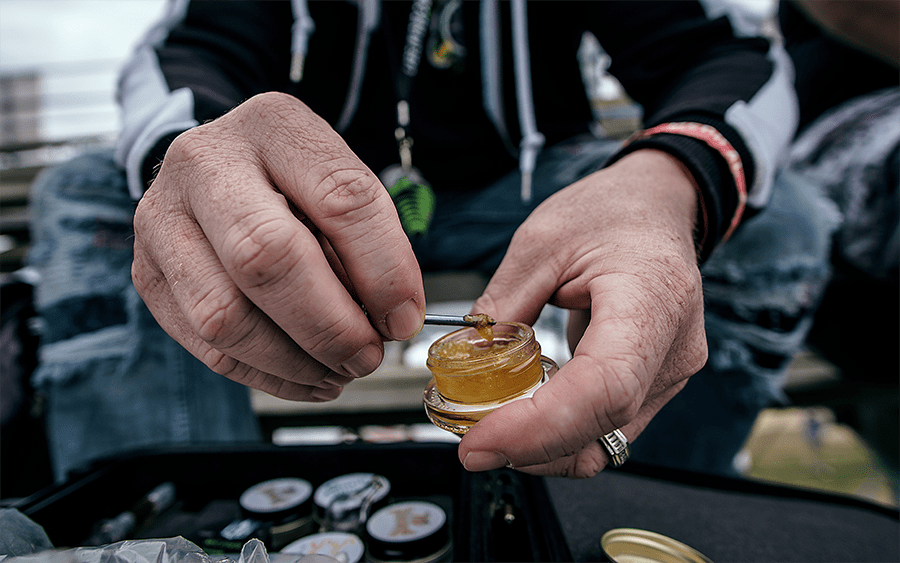As more counties legalize the recreational use of Cannabis, there has been an increase in the production of cannabis concentrates – also known as cannabis extracts or hashish. Various concentrates are available with many methods to extract them from the cannabis plant material. Each procedure has its costs and benefits and will produce vastly different extracts based on the concentrate made (crumble, oil, wax). This article describes the various types of cannabis concentrates and their extraction methods.
A Brief Introduction to Cannabis Concentrates
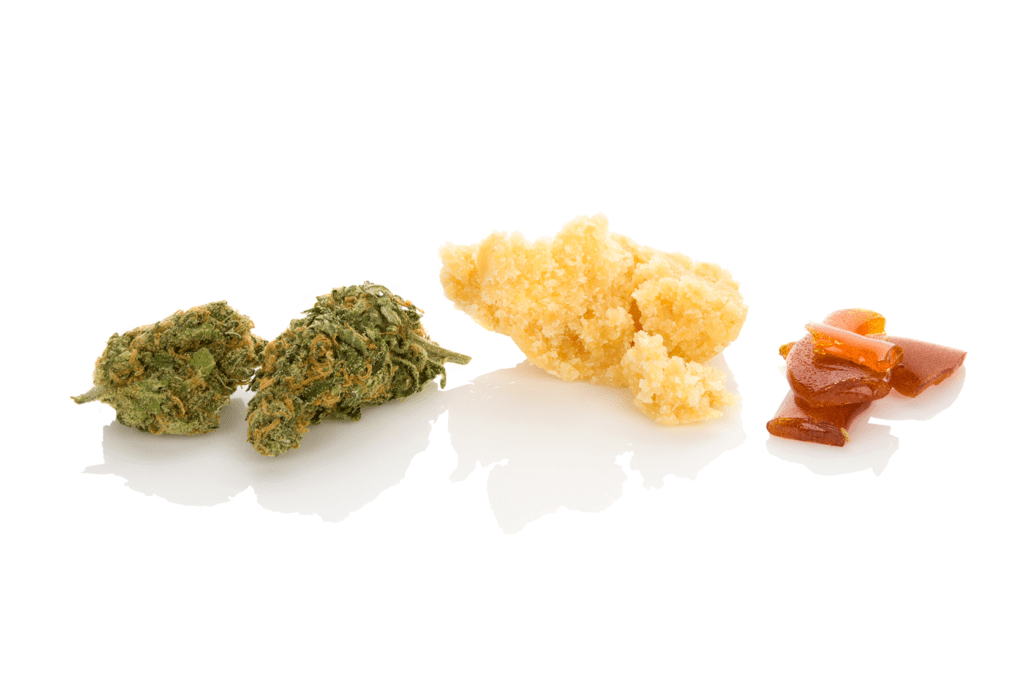
While some may be new to Cannabis concentrates, others are probably already familiar with wax, shatter, rosin, crumble, or budder.
These names have become popular among marijuana users as an alternative to smoking flowers. So what exactly are Cannabis concentrates? What are they made out of? Do they contain any THC? And where do these various types come from? Here is a brief description of each class, along with instructions on how they’re made:
Shatter
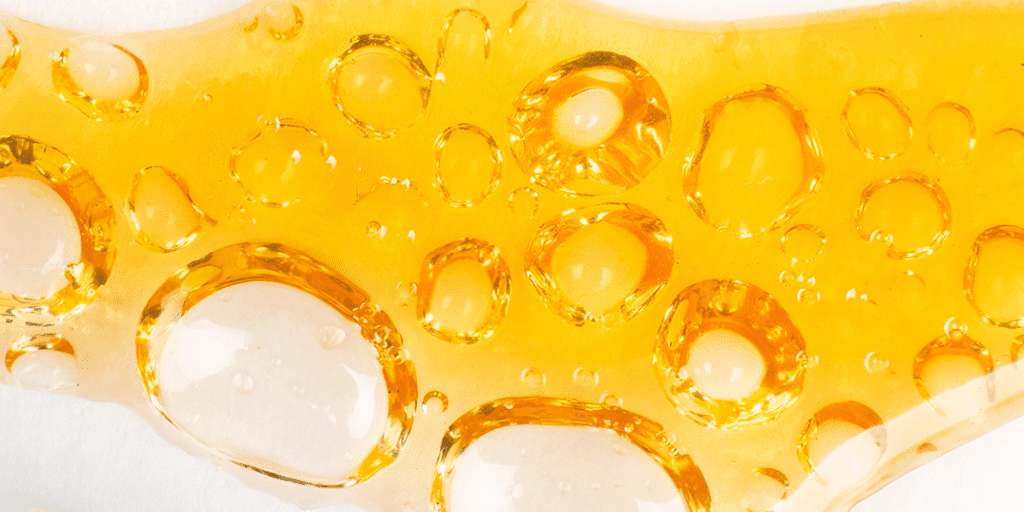
Shatter is made by extracting cannabinoids using CO2 and sometimes butane.
The resulting product is a THC-filled and THCA-free oil. Once it has been made, it is heated to a temperature high enough to become shatter consistency, which causes it to harden into a thick, shiny, and clear goo that breaks apart easily into thin strands and melts when put under heat.
It’s commonly believed that Shatter contains more active ingredients [and higher THC content] than other concentrates, making it more potent and easier to use medicinally than other Cannabis concentrates. Like wax, Shatter can be smoked in a pipe or bong and dabbed with an oil rig or quartz nail.
Crumble
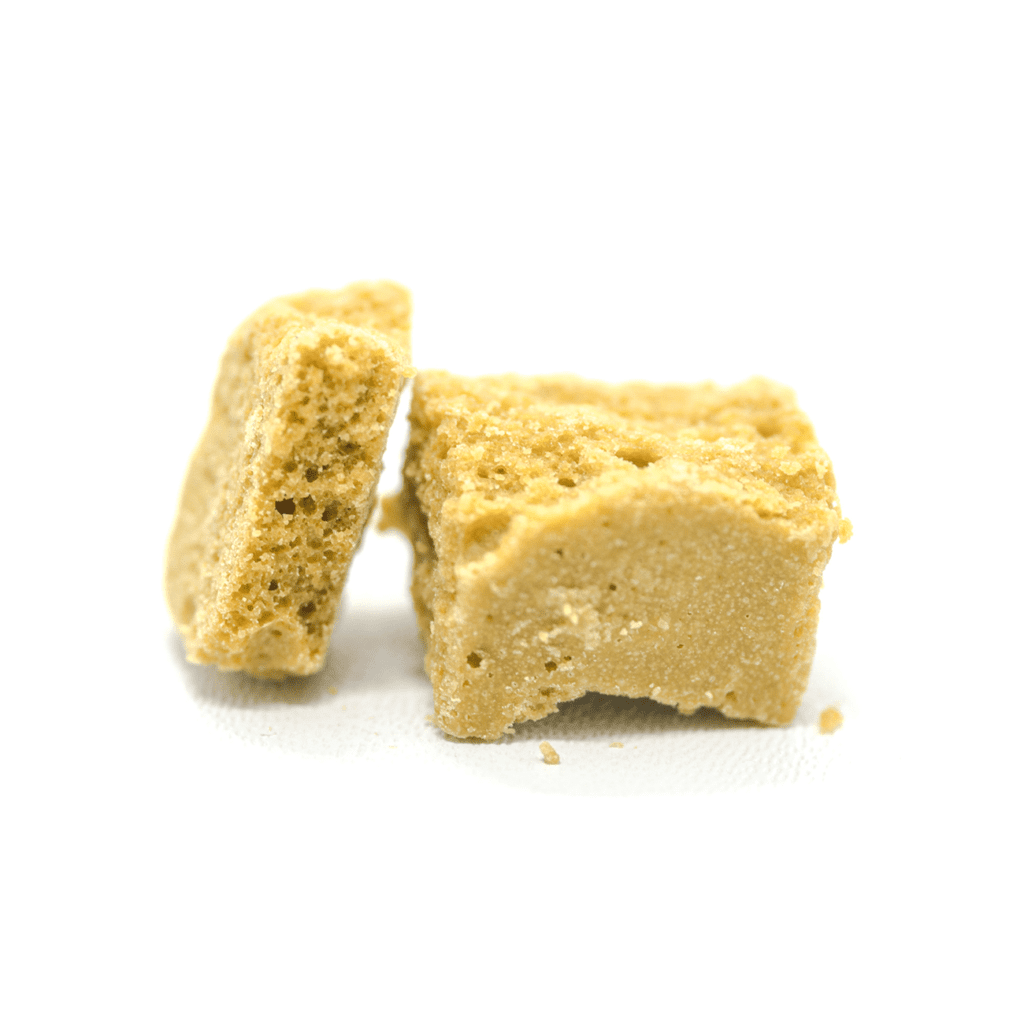
The easiest way to create a crumble is to start with a solvent-based extraction like BHO (butane hash oil) or CO2 (carbon dioxide).
Crumble is an opaque cannabis concentrate that can be made from any strain. This type of concentrate looks like dried, crumbly bits of wax. The consistency varies from strain to strain, but it’s typically dense and brittle. It’s sometimes called popcorn shatter for its resemblance to puffed-up kernels.
Although it comes in different colors, you’ll often find crumble in shades of green or brown. When you break apart a piece of crumble, you may notice some crystalline structures inside. These little guys are THC trichomes – they contain all those excellent cannabinoids and terpenes that give your bud its smell and flavor!
Distillate/Oil
The distillate is another term for a highly potent cannabis concentrate, also known as wax or dabs. These concentrates are made by extracting cannabinoids such as THC, CBD, and terpenes using chemical solvents like butane, propane, CO2, or ethanol. Depending on which extraction method is used, the extraction process can take anywhere from 5 minutes to 2 days (or longer).
Ethanol alcohol extraction is a common way to make distillates and involves soaking ground-up cannabis flowers in high-proof alcohol, often vodka. Ethanol breaks down trichomes (the resin glands found on marijuana flowers) into pure cannabinoid oils that dissolve in alcohol.
Kief
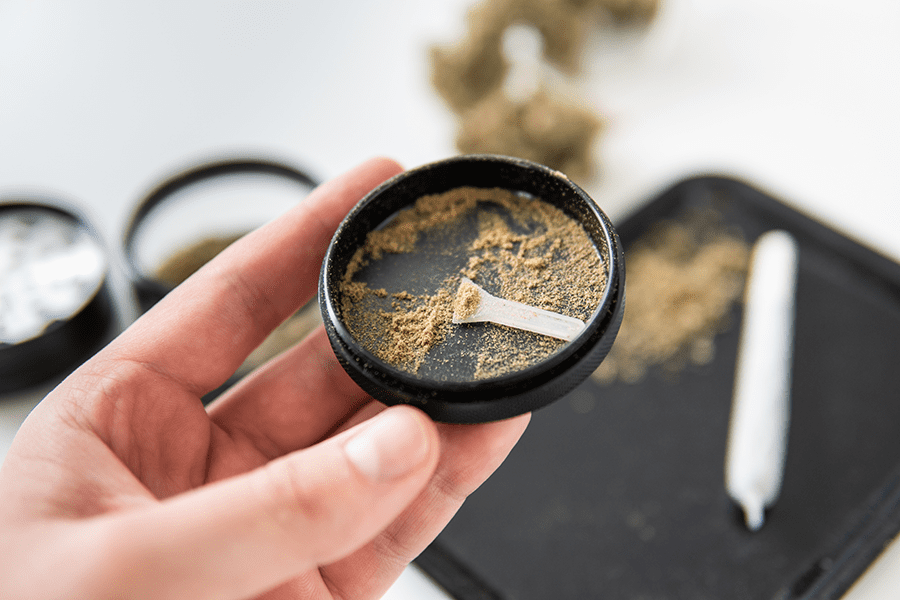
As its name implies, dry sift is an extraction method that results in a refined product devoid of residual moisture.
Though dry sift is typically referred to as kief, it can also be produced through other means. Kief is often confused with its more potent relative, hashish. But kief is quite different.
Kief refers to an extracted resin that is made from cannabis flowers. It’s pressed against screen-like objects (trays or screens) to separate it from other plant parts, like stems or leaves. Kief typically has very little THC content because it has been stripped down to only resin glands that contain active ingredients.
Rosin
Rosin is a solvent less extract made using only heat, pressure, and a hair straightener-like tool called a Rosin Tech or Rosin Press. The end product is an almost powdery substance that looks like hashish or shatters, with a sweet smell commonly described as therapeutic.
While similar to BHO in appearance, rosin is entirely different in the production method; it uses heat and pressure to extract cannabinoids without any chemical additives whatsoever. A significant advantage of rosin is its shelf life. It can last and be used for months and even years as long as it’s stored properly.
Wax
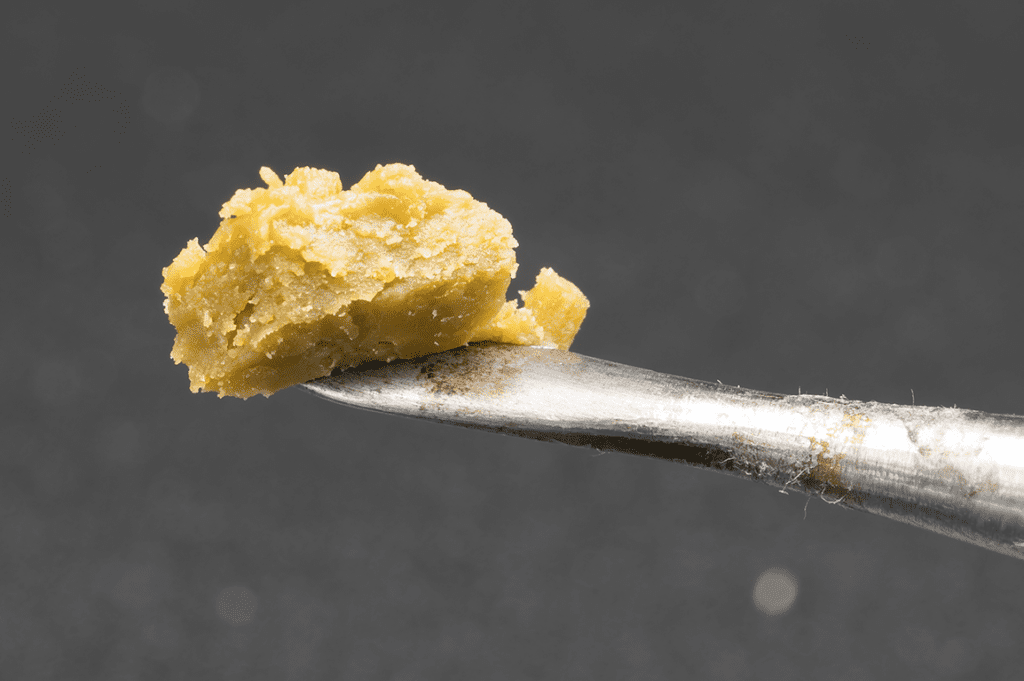
Wax is made by extracting cannabinoids with a solvent such as butane.
Because the wax tends to be potent, a little bit can go a long way. For example, you may have heard that Butane Hash Oil (BHO) or dabs are mighty. While they have incredibly high THC content, these concentrates also have very little CBD, an essential medical component found in marijuana.
It’s trendy for its fast-acting high. It is created by freezing any cannabis concentrate—trachoma’s and all—into ice cubes, which can then be smoked in a specialized pipe called an oil rig. The smoke that comes out of an oil rig is typically smooth and flavorful. This method also makes it easy to share your Cannabis with friends or family members who don’t want to smoke a joint or bong rip but still want to get stoned. Ice wax can be made from most concentrates, including Shatter, crumble, rosin, kief, distillate/oil, and hash.
Conclusion
Since Cannabis Concentrates are new to society, there is a lot of debate about which product and which method is the best for making them. However, there are many different ways of making concentrates. The method depends on what type of concentrate you want to make. Resin, Rosin, Kief, and BHO Shatter Crumble Distillate/Oil Wax each have their unique way of being made.
Cannabis concentrates are produced in a variety of different ways. Still, they are broken down into two main types: solvent-based extraction methods (like BHO) and non-solvent-based extraction methods (like rosin). Because many people like to compare Cannabis concentrates to refined products like THC oil or shatter, it’s essential to know what each of these terms means.
